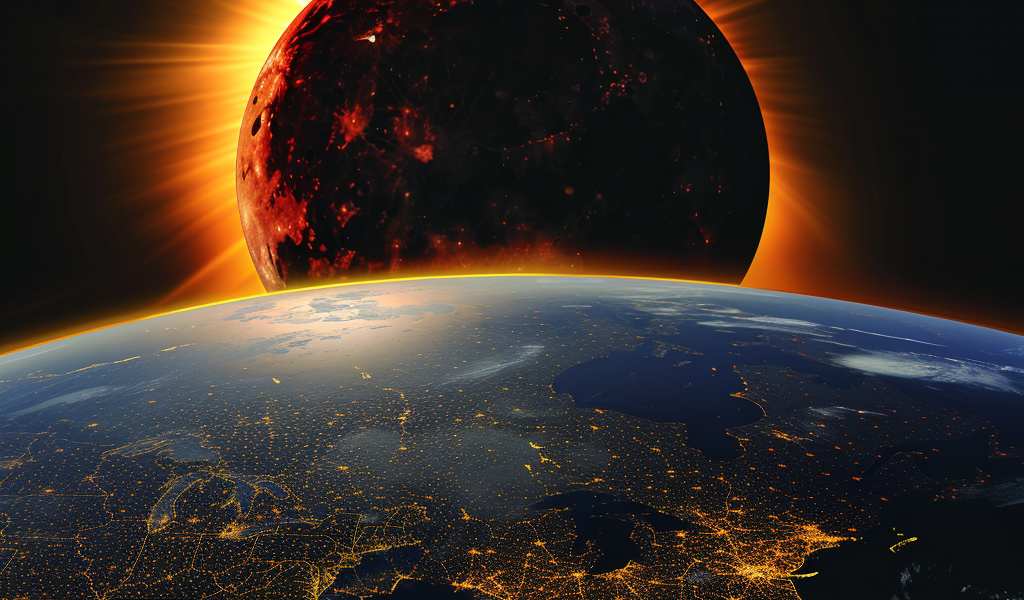A total solar eclipse is set to cross North America on Monday, offering a rare spectacle as the moon blocks the face of the sun, temporarily darkening afternoon skies. The eclipse’s path will span Mexico, 15 U.S. states, and a small part of eastern Canada, providing a unique viewing opportunity for millions.
For those outside the direct path, a partial solar eclipse will still be visible, with the moon appearing to take a ‘bite’ out of the sun and partially obscuring its light.
Understanding Solar Eclipses
Solar eclipses occur when the sun, moon, and Earth align, causing the moon to pass between the Earth and the sun, blocking its light and casting a shadow on the Earth. A total solar eclipse fully obscures the sun, while a partial solar eclipse only blocks a portion of the sun’s face.
Neil deGrasse Tyson’s Explanation
Neil deGrasse Tyson, director of the Hayden Planetarium at the American Museum of Natural History, explained that solar eclipses occur only with the new moon due to the tilted orbit of the moon around the Earth. If the moon’s orbit were aligned with Earth’s orbit around the sun, total solar eclipses would occur with every new moon, making the event rarer and more special.
Viewing the Eclipse
This year’s eclipse will be visible over more populated areas of the continental U.S. than previous total solar eclipses, providing an opportunity for a wider audience to witness the celestial event.
To learn more about the eclipse’s path, how to view it safely, and the best viewing times, stay tuned for updates and coverage as the event approaches.





